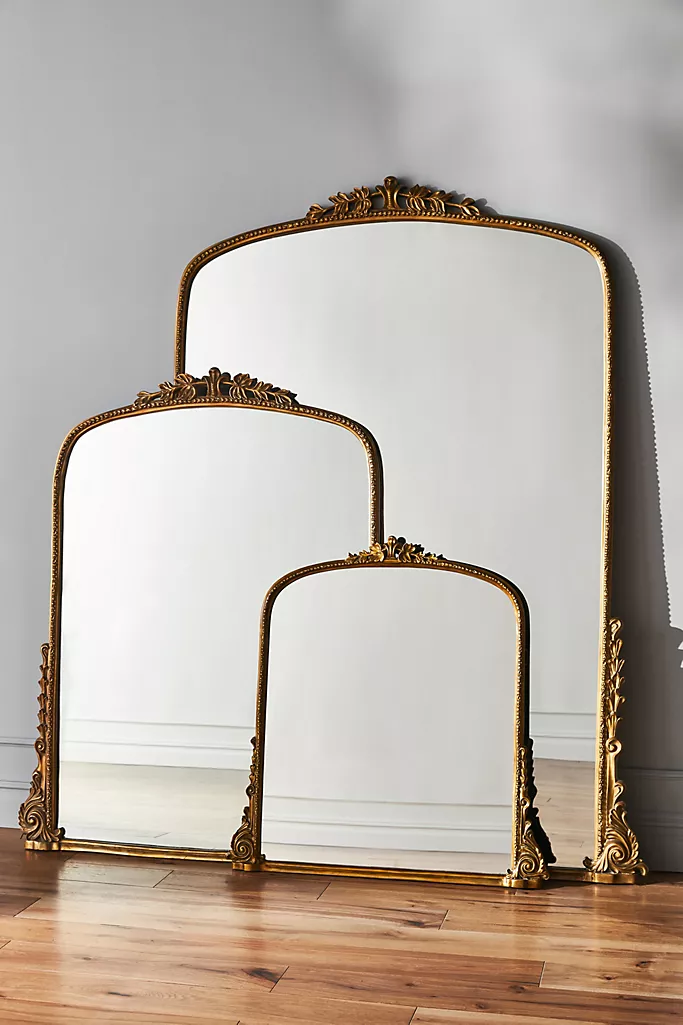Office Chair For Back Pain | Vegan Leather Office Chair | all33
This vegan leather office chair isn’t just comfy and recyclable. It’s ergonomically designed to reduce neck and back pain.
Your body wasn’t designed to sit all day!
This chair is the result of years of research, prototyping, and testing to solve that problem.
Our unique Sit In Motion® technology acts like a swing to relieve crucial pressure points while providing lumbar support. Created by a chiropractor and industrial product designer, this is the first and only chair that can induce perfect posture and give you the freedom to move.
FEATURES:
- Soft leather upholstery
- Foldaway arms allow you to move closer to your work for reduced eye strain
- Pneumatic seat-height adjustment
- 360-degree swivel
- Smooth-rolling casters
- Assembly instructions included. (It’s easy — takes less than 10 minutes)
While the optimal height range for this chair is 4′ 11 ½″ (151 cm) to 6′ 1″ (186 cm), some of our customers who fall outside of this range have still found it to be a comfortable fit.
The seat height is 21.75″. The adjustable range is 18.75″–21.75″.
Maximum weight capacity 275 pounds.
Additional information
| Optimal Height Range | 4′ 11 ½″ (151 cm) to 6′ 1″ (186 cm) |
|---|---|
| Seat Height | 21.75″ |
| Seat Height Adjustable Range | 18.75″–21.75″ |
| Maximum Weight Capacity | 275 pounds. |






by Chris
Pivoting at the hip makes this chair the most unique and comfortable computer chair I’ve ever sat in. Highly recommend.
by Jordan
I LOVE this chair. It has set a new standard for what an office chair should be like. I feel way more productive and focused when using this chair. Highly recommend!
by Don
Overall it was, well — different. Different than any chair I have ever sat in. I had a back injury when it first arrived but I personally believe the chair helped in my recovery. Two weeks in — LOVE IT! Well worth the cost. It feels different from the word go but I have no back pain or discomfort. Highly recommend this chair!
by Eric
I committed myself this year to repairing the body while I put it to the test everyday. This is the perfect chair to assist me in reaching my goals. I picked up two for the home office. Nothing better than kicking butt while sitting down.
by Joseph
I’ve seen so many claims for chairs that say they offer relief from back issues. My new chair feels like it’s training my posture every time I sit down. The rounded seat cushion and the pivot of the seat base makes me naturally center myself as I sit. I love that the arms fold out of the way so I can transition from computer work to playing my bass guitar. It’s the seat I didn’t know I needed until I really tried one out. Love it!